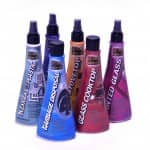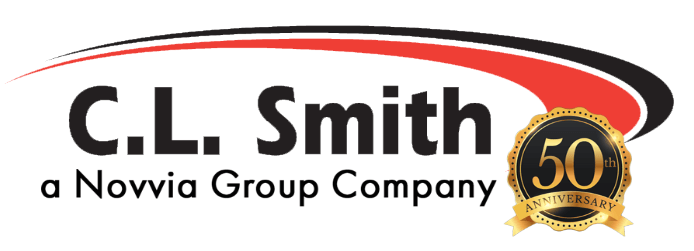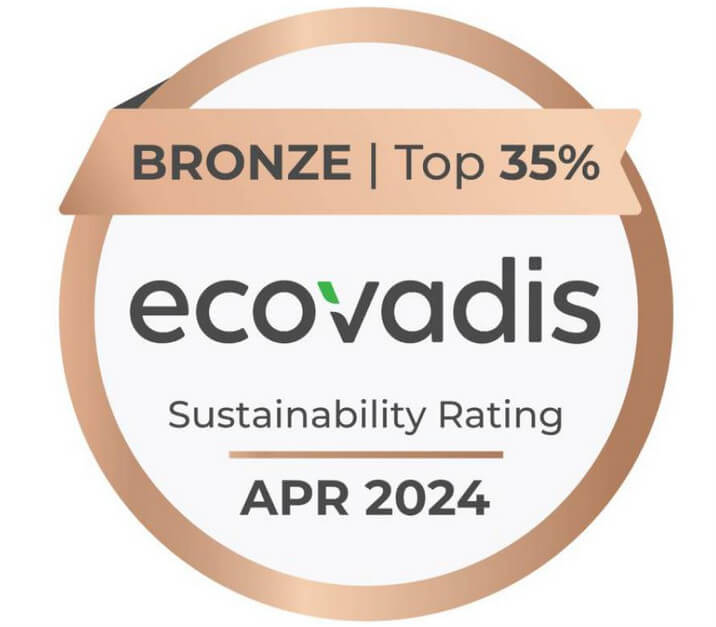Package Decorations & Labels Options
 Package decorations & labels are offered in a variety of options. Not all decoration and label options apply to all products. Please contact C.L. Smith for assistance.
Package decorations & labels are offered in a variety of options. Not all decoration and label options apply to all products. Please contact C.L. Smith for assistance.
Sleeve Label
Sleeve labeling is a decorated plastic that fits over and on plastic bottles. Sleeve labels, typically made from polyethylene or poly (vinyl chloride), are heat-shrinkable and may be held in place by raised edges above and below the label, or shrunk to conform to a shape that will hold them in place. Labels, which are supplied on a roll, are pulled into a labeler, cut, and slipped over the bottle. Sleeve labels are highly susceptible to heat. Caution must be used in shipping and storage to assure the physical properties are not altered.
Lyons Blow Molding and our other partner have the equipment to sleeve bottles on line so at the end of the production line the labeled bottles are packed in the shipping cartons already decorated.
Shrink Label
Shrink labels consist of a plastic sleeve that is dropped over the container and shrunk by heat. Graphics applied to such a label must be distorted during printing in order to be legible after shrinking. PVC is a common material for this application although polypropylene, poly (ethylene terephthalate), and other plastics are also used.
Heat shrink sleeves can be made to go over many odd shapes and can even be designed to go over the cap and be perforated at the neck to create a tamper-evident seal. The graphics that can be produced in both types of sleeves are far superior to any type of printing directly on the containers. The tamper evidence that a heat shrink label produces solves the problem of using a separated tamper-evident band or requiring a custom tamper evident neck and cap feature. This type of label needs to be applied after the bottle is filled and capped, so it can only be done on the filling line.
Pressure Sensitive (PS) Label
A pressure-sensitive label is a label, pre-coated with a pressure-sensitive adhesive and (usually) adhered to a release-paper carrier that requires only a brief application of pressure to affect a bond.
Screen Printing
This decorating method uses a metal or plastic mesh screen that has been masked or blocked off in the non-printing areas. The screen is placed over the object to be printed. Ink wiped across the screen will only pass through the remaining porous areas to create an image.
Litho Printing – for Metal Cans and Steel Pails
Lithograph is the technique capable of printing metal/tinplate products and steel containers that utilizes 4 color process and straight-line graphics on a combination of UV ink and traditional presses. White coat is a base of white coating that is applied to the metal as a base for the printing to give the true appearance of the color to be achieved.
Off-Set Printing
This printing medium is the transfer of ink from a sensitized plate, offset to a rubber blanket then transferred to the substrate. The equipment is a multi-station (up to eight) printing machine to print and/or coat up to six colors on to sheets or a fast-moving web.
Heat Transfer
Heat Transfer is a process where the machine running the bottle installs full labels in line with the press. This allows the application of labels that would never previously be printable due to the colors and definitions.
Litho Labels
Litho Labels (short for Lithographic Label) are used for high-end graphics on corrugated packaging printed on separate sheets of usually 70 # C1S paper. The process used to print litho labels is capable of printing higher line screens than flexographic processes can. This provides higher resolution graphics on corrugated packaging. The litho label can be process printed (Cyan, Magenta, Yellow, and Black), PMS ink color matched with additional colors or both. The litho label is trimmed to a rectangular size, palletized, and shipped to our dock. The litho label is fed through a machine that applies adhesive and places the label on the corrugated sheet. Labels that cover the entire corrugated sheet are called a full label. Labels that do not cover the entire corrugated sheet are called spot labels.
Flexography
Printing is done directly onto the box. Flexography has an advantage over lithography in that it can use a wider range of inks, water-based rather than oil-based inks, and is good at printing on a variety of different materials like plastic, foil, acetate film, brown paper, and other materials used in packaging.[8] Typical products printed using flexography include brown corrugated boxes, flexible packaging including retail and shopping bags, food and hygiene bags
Contact a packaging consultant to learn more about package decorations & labels available. We are here to help!



